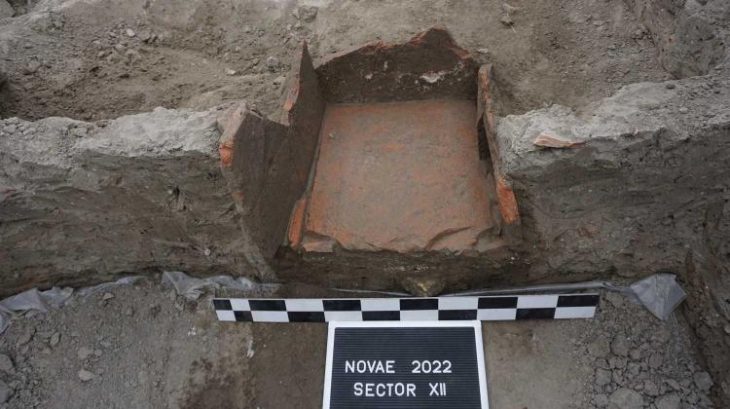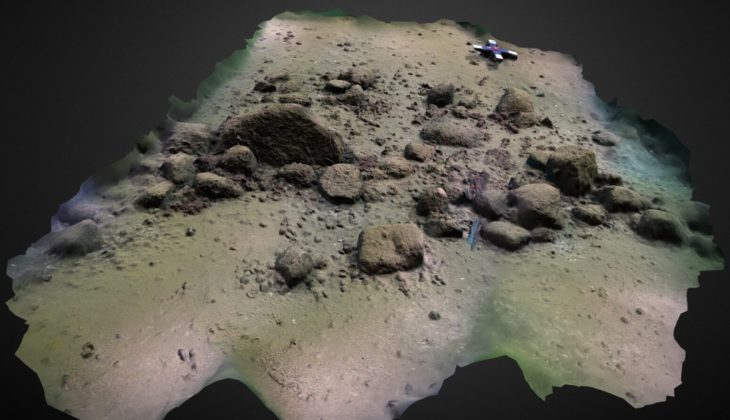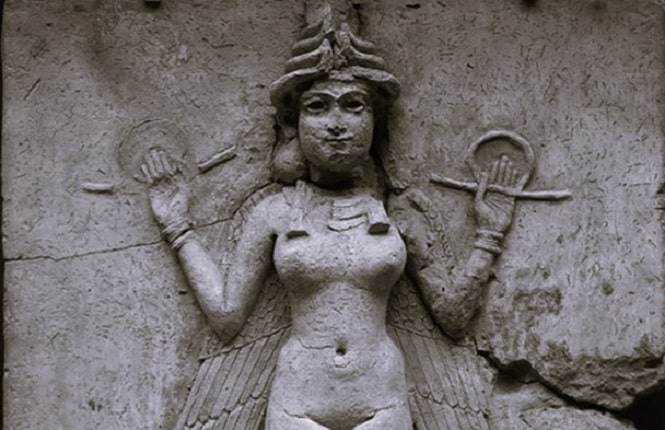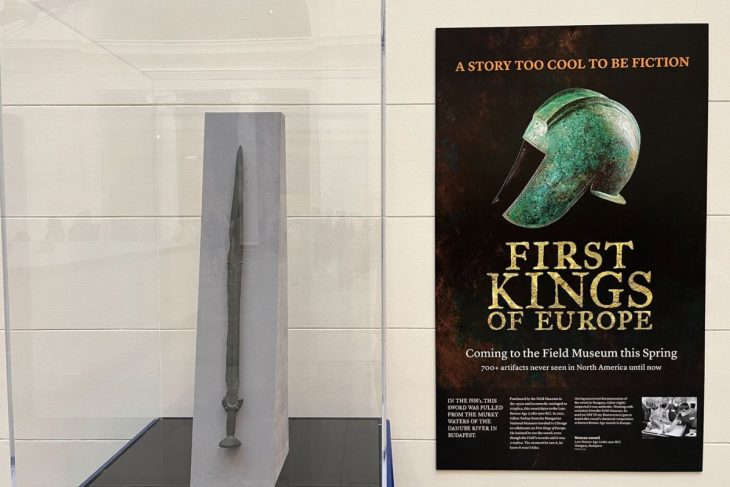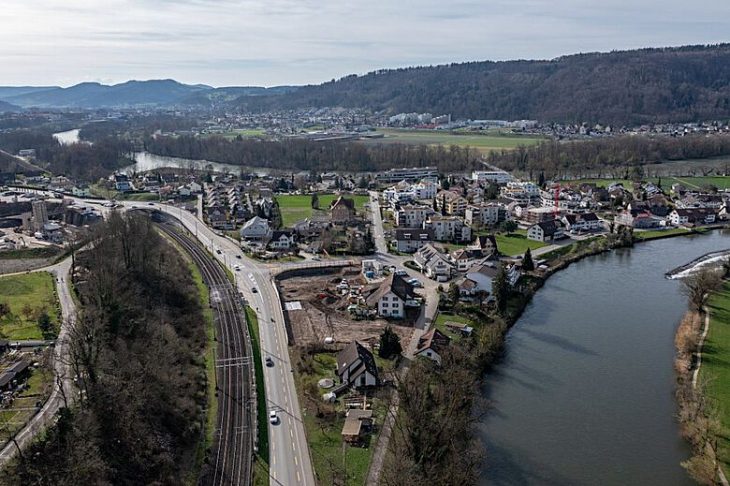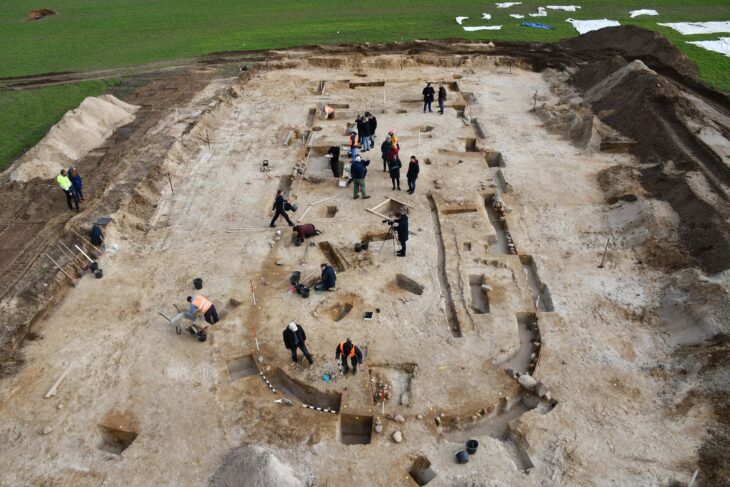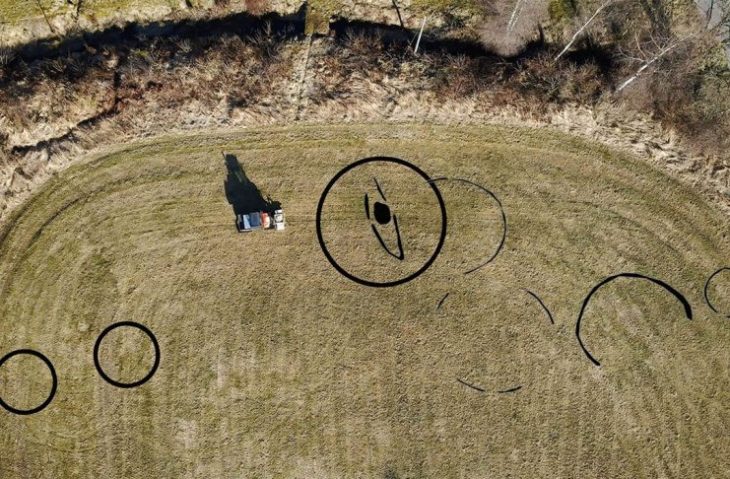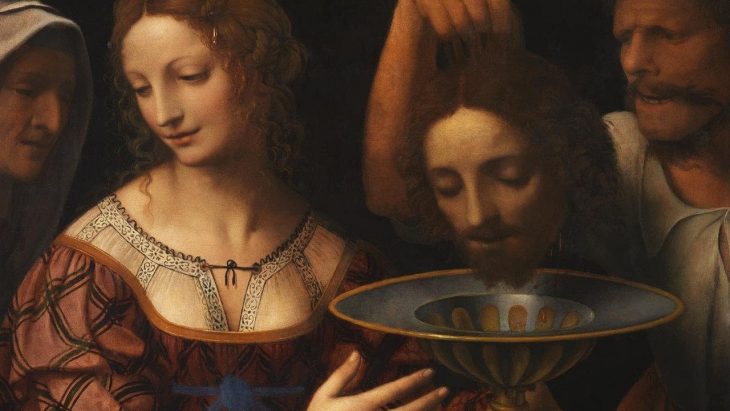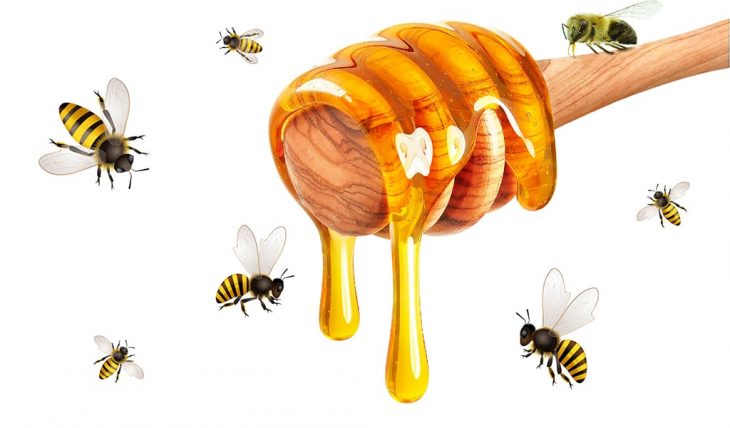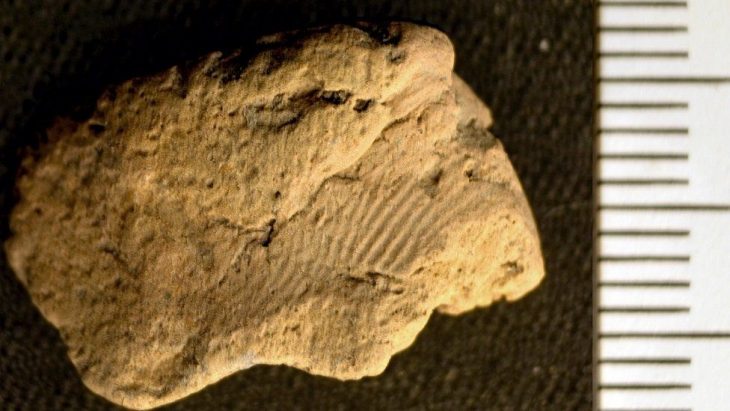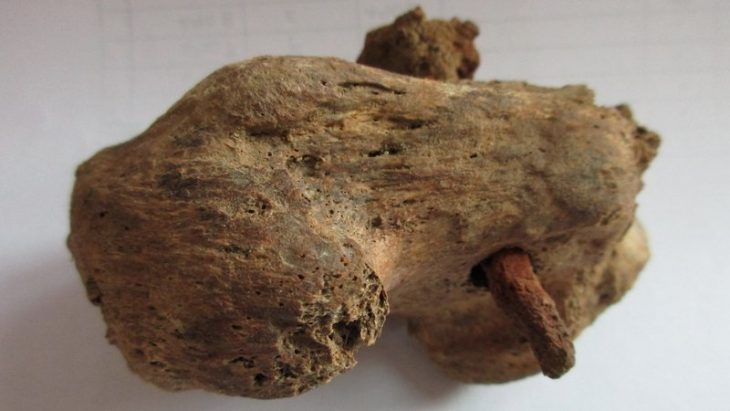Since its discovery in the 1960s, the 13-millennium-old Jebel Sahaba cemetery (Nile Valley, Sudan) has been regarded as one of the earliest witnesses of prehistoric warfare.
Scientists from the CNRS and the University of Toulouse – Jean Jaurès have re-analyzed and evaluated the bones preserved at the British Museum (London).
Reanalysis of the prehistoric cemetery Jebel Sahaba, Sudan, one of the earliest sites showing human warfare, suggests that hunter-fisher-gatherers engaged in repeated, smaller conflicts. The findings are published in Scientific Reports. Healed trauma on the skeletons found in the cemetery indicates that individuals fought and survived several violent assaults, rather than fighting in one fatal event as previously thought.
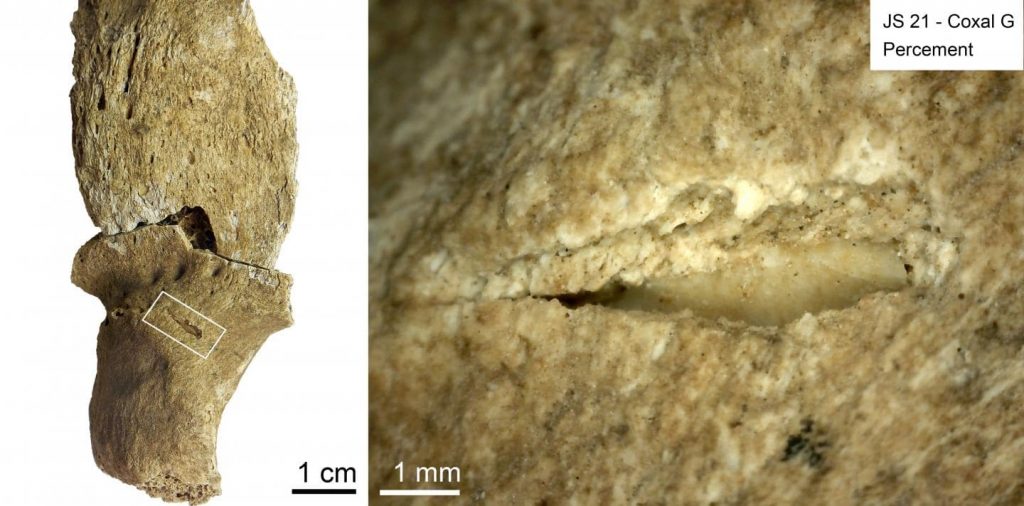
Isabelle Crevecoeur, Daniel Antoine, and colleagues used the latest microscopy techniques to reanalyze the skeletal remains of 61 people originally excavated in the 1960s. This group of authors identified 106 previously unrecorded injuries and traumas and was able to distinguish projectile injuries (from arrows or spears), trauma (from melee combat), and traces related to natural decay. They found that 41 people (67%) buried in Jebel Sahaba had at least one cured or uncured injury. Among the 41 injured, 92% have evidence that these causes are caused by projectiles and close combat, which indicates interpersonal violence.
The authors believe that at the end of the Late Pleistocene (126,000 to 11,700 years ago), sporadic and repeated acts of violence between the Nile Valley groups were not always fatal, but the number of wounds healed was consistent with these acts of violence. They speculate that these may be repeated small-scale conflicts or attacks between different groups. At least half of the injuries were identified as puncture wounds, caused by projectiles like spears and arrows, which supports the authors’ theory that these injuries happened when groups attacked from a distance, rather than during domestic conflicts.


